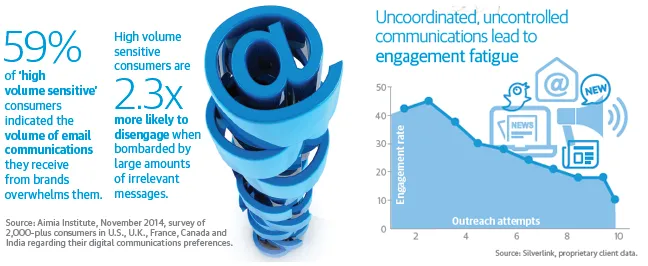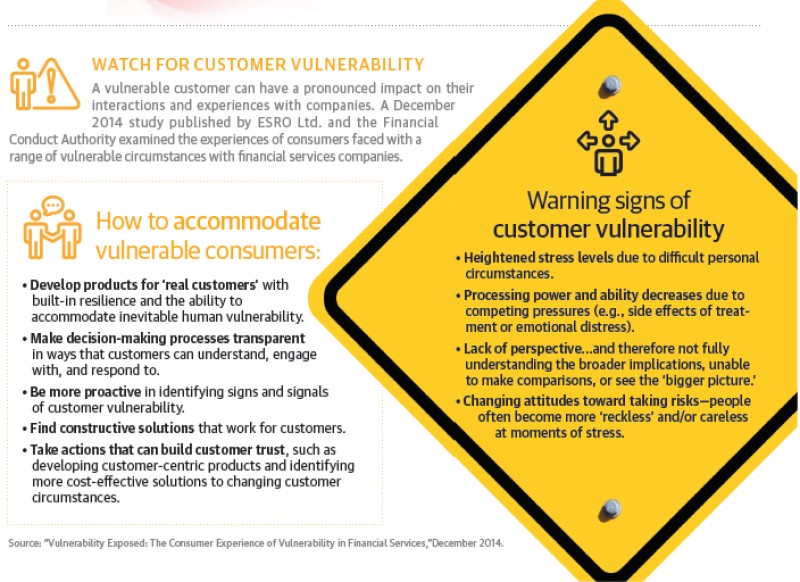Customers crave consistency. It’s one of the reasons they remain loyal to brands that provide them with unwavering experiences, time after time.
While this axiom continues to ring true, there’s also an intangible, almost mystical quality regarding unexpected customer experiences that are positive and proactive.
Many customer experience leaders know that in order to amaze customers they must make radical changes to touchpoints and processes that affect the customer experience. “In reality, one of the most important things a company can do to delight a customer is to simply remove any obstacles or friction to deliver a good customer experience,” says Don Peppers, founding partner at Peppers & Rogers Group. “Once a company removes friction from the customer experience, then it can work to delight them or surprise them with something unexpected.”
This can be increasingly difficult, thanks to the experiences customers receive from companies like Amazon, Zappos, and USAA. Customers now have high expectations for receiving great experiences from all brands and have little tolerance for mistakes. This helps explain why 84 percent of consumers will abandon a brand after a bad experience, according to Ovum.
Understanding what matters most to customers—including the types of experiences that will enchant them and the types of blunders that will drive them away—can help companies craft unique experiences that can knock the socks off customers and secure their loyalty.
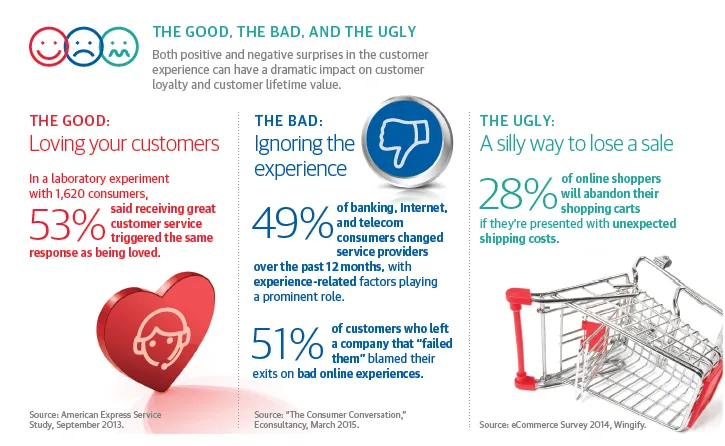
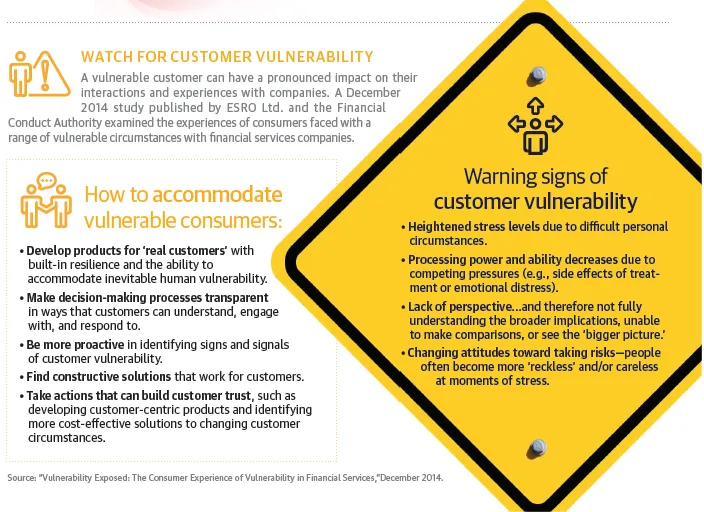
What's hiding in your customer experiences?
As consumers we’ve all had bad customer experiences. And chances are we’ve shared them with others. So obviously companies want to do as much as possible to avoid them.
How can customer experience teams prevent horrid customer experiences, or at least minimize their frequency? It begins by understanding what constitutes an atrocious or delightful customer experience from the customer’s point of view, says Peppers.
By gathering customer feedback through contact center interactions, social media, and other mechanisms, decision makers can identify at what point a customer experience went south (or became captivating), which can then be used to fix any problems or to reinforce positive experiences.
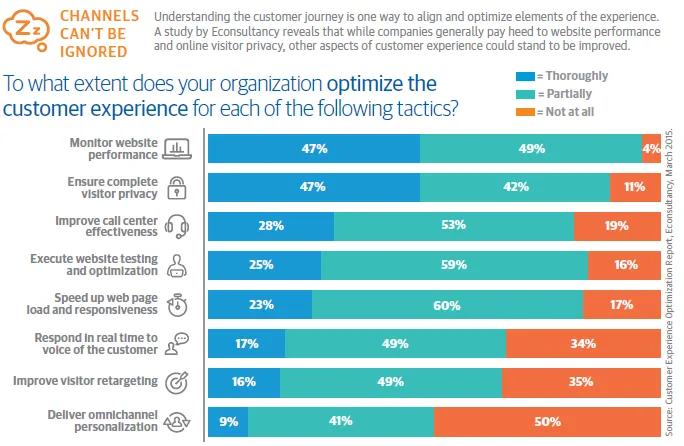
Second that emotion
A customer’s emotional state—before, during, and after interacting with a company—can have a dramatic bearing on how a customer views their experience. Customer care teams must be empathic and take the time needed for satisfactory resolution of issues, though they are rarely empowered to do so.
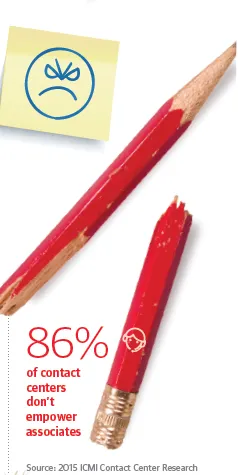
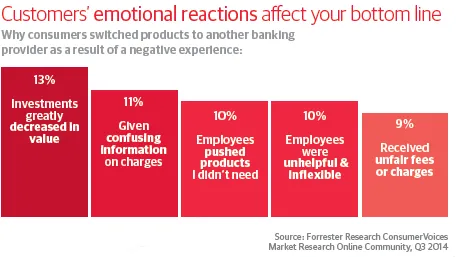
The impact of customer fatigue
Finding the right communication mix for your customers is essential: A lack of communication can upset consumers, or they will become frustrated if they’re contacted by a company too often.
